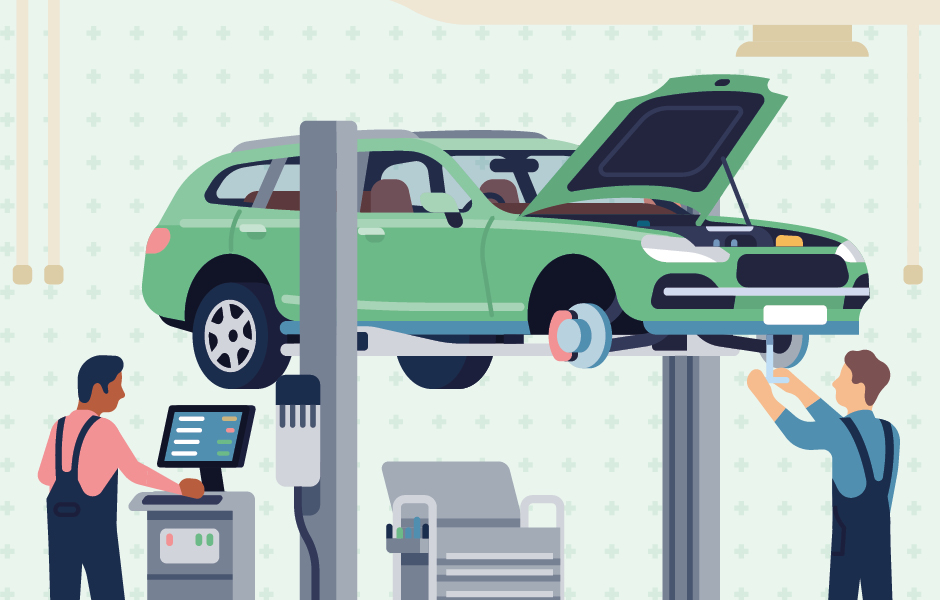In the pharmaceutical industry, improving the customer experience has become a key objective, but is it time to look at the challenge through a different lens?
Words by Jade Williams
The pharma industry has long aimed to deliver impactful, relevant customer experiences— a critical goal in today’s competitive and complex healthcare landscape. But is pharma getting it right? Instead of mimicking tech giants like Netflix, Amazon, or Uber, it might be time for a more thoughtful, tailored approach.
At Reuters Events: Pharma Customer Engagement, Rodney Smith, Vice President, Global Oncology Medical Affairs Franchise Head, Daiichi Sankyo, underscores the importance of getting CX right in pharma. “Time. You do not have enough time with your customer,” he said, making it clear why every second and every interaction matters.
Healthcare professionals are famously pressed for time, and this constraint can hinder effective engagement. However, rather than seeing this as an insurmountable obstacle, it could be seen as a chance for pharma to set itself apart. “If you don’t bring value, you’re not going to have a second chance,” Smith continues bluntly. The challenge for companies is to make every touchpoint meaningful—to create interactions that warrant the time invested. So, how can pharma ensure every encounter counts?

Lead with business goals, not customer experience
Too often, the industry assumes happy customers equal business success. While satisfaction should be a byproduct of good CX, focusing solely on that risks missing the bigger picture. As Richard Wright, Global Head of Customer Experience and Insights, Roche, puts it at the Reuters event, the focus should be on “business outcome-driven customer experience”. Many companies start with the experience they want to provide, but Wright recommends flipping the script: begin with business goals and work backwards.
“Outcomes are more about shaping the system before you even get anywhere near the brand,” Wright explains, suggesting that companies are often too fixated on the end result and not enough on the path to get there. Ultimately, a company wants its products to reach patients, but to get there, it must first think logically about what behaviours and experiences will be beneficial to create to get there.
Exemplifying this, he shared a challenge that Roche faced when they had 1,500 websites across the world. This fragmented digital presence resulted in HCPs having inconsistent experiences. “Now, whether it’s a website in Peru or Taiwan, they get the same experience,” Wright notes, demonstrating the transformative power of taking a business challenge, redefining the approach and benefiting the customer in the process. By anchoring customer experiences to business outcomes, organisations can turn touchpoints on their head.
A smarter approach to differentiation
When business objectives guide CX, interactions become more purposeful and efficient. Wright’s insights were echoed by Alyssa Fenoglio, Vice President, Global Head of Digital Commercial, Teva, who highlights how her company tackled a significant challenge. Pharmacists were sometimes forgetting to restock certain medicines, which had an impact on sales. Teva responded by creating a predictive model that anticipated when a pharmacist might run out, boosting both sales and customer satisfaction in turn. The strategy was simple: identify the problem, map out the solution and make life easier for the customer.
Fenoglio also points out the broader benefits of this framework in her talk. “When you look across industries,” she says, “customer-centric companies see a 20-30% uplift in customer satisfaction, and 50% in revenue.” By designing solutions that address both customer challenges and company objectives, pharma can move beyond transactional relationships to foster trust and loyalty. After all, 81% of organisations already cite CX as a competitive differentiator.
Understanding how customers make decisions
Putting business goals at the heart of CX is only half the battle—understanding how customers think is the other. Good CX requires grasping not only what customers need but also what drives their choices. Behavioural science offers some answers to this conundrum.
Daniel Kahneman’s concepts of System 1 and System 2 thinking show the importance of addressing both the instinctive and analytical sides of decision-making. In a pharma context, this means creating experiences that engage both the fast, intuitive reactions and the slower, more considered responses.
Ben Myall, CEO, Everybody Agency, also speaking at the Reuters event, sums it up well: “If we really want to drive change, we’ve got to do a number of things. We’ve got to give knowledge to the rider… but we’ve also got to motivate the elephant.” This dual focus—appealing to both rational and emotional sides—means that every interaction should be as informative as it is engaging, all while staying true to broader company goals.

The future of pharma CX
By rooting CX in clear business goals and finding the right emotional and rational balance, pharma companies can craft interactions that benefit both customers and their own bottom line. Platforms like EMJ and AMJ are crucial in this shift, offering unique medical education tools, which drive adoption and build lasting trust with HCPs—helping companies hit their business targets while meeting customer needs.
In a sector where every interaction matters, pharma must go beyond quick wins and aim for long-term, value-driven strategies. This means moving away from reactive customer service to proactive value creation, redefining what it means to connect with healthcare professionals. The message is clear: focus on the end goals, build trust through smart platforms and design experiences that appeal to both the head and the heart. The time to rethink CX is now.









